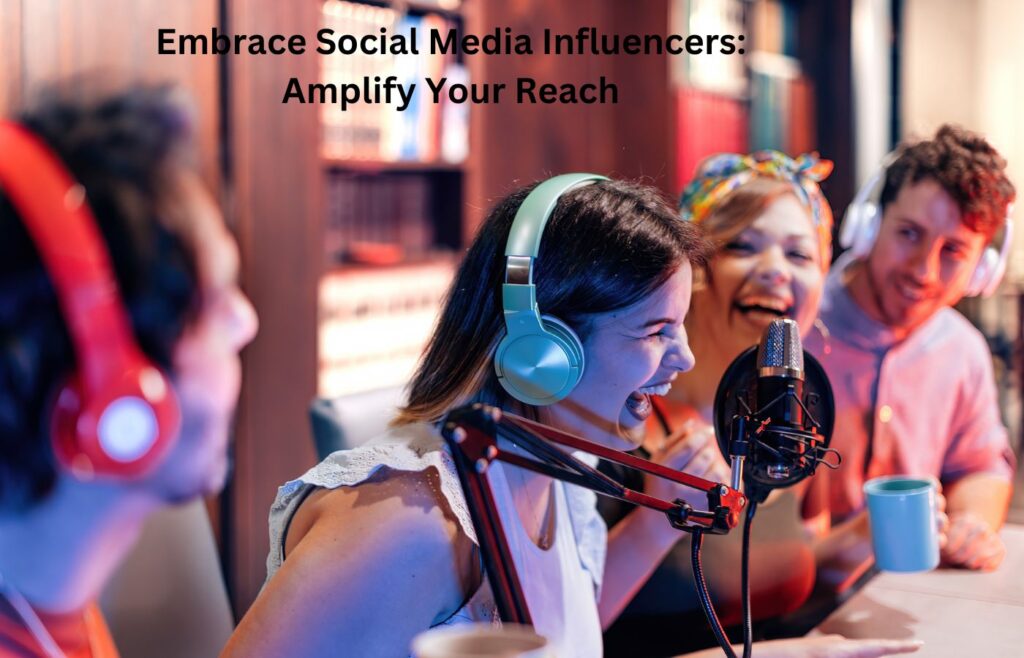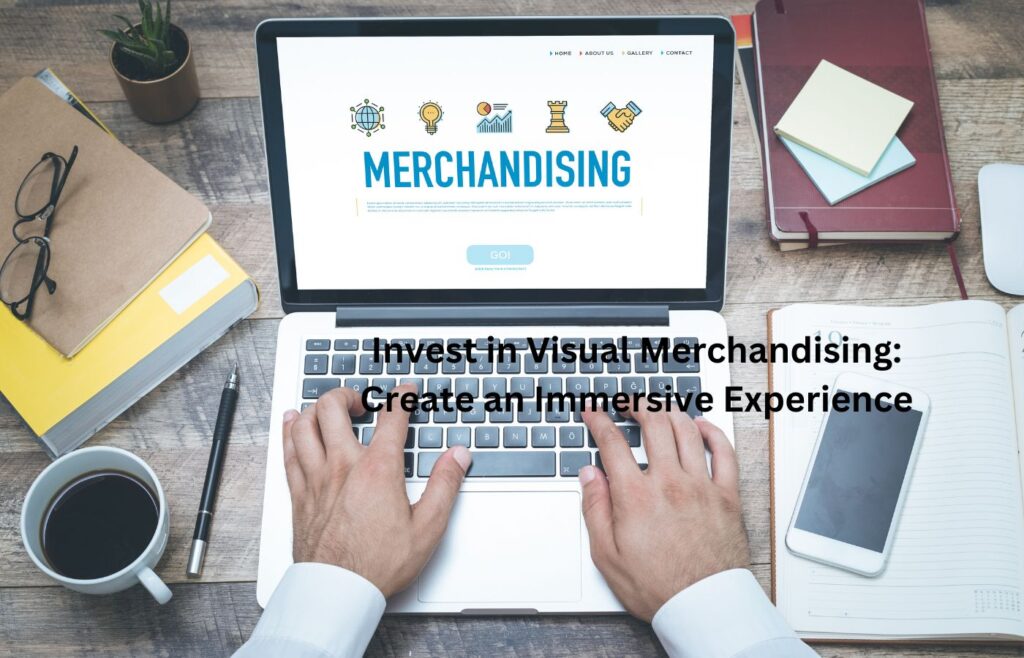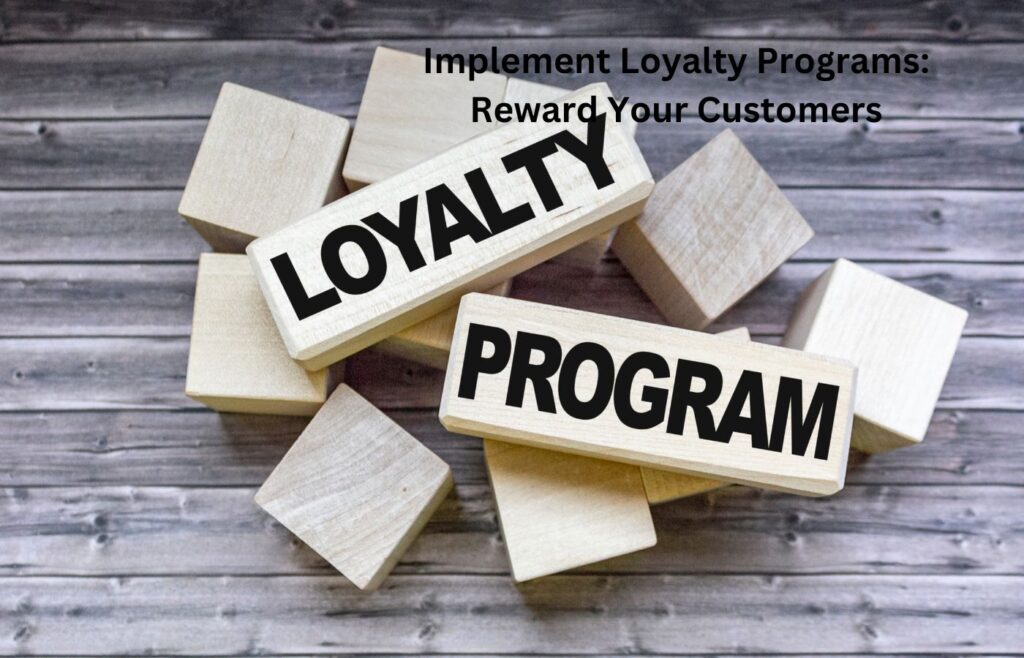Introduction – Strategies for Fashion Marketing
Welcome to FashionBusinessIdeas.com! Standing out and leaving a lasting impression are more crucial than ever in today’s very competitive fashion business. Success mostly depends on good marketing, and creative approaches can draw in your target market, foster brand loyalty, and increase sales. Seven powerful strategies for fashion marketing that can improve your brand and distinguish you from competitors will be covered in this post.
Embrace Social Media Influencers: Amplify Your Reach

Adopting social media influencers is one of the most effective strategies for fashion marketing; it provides a powerful means of expanding your audience and establishing brand authority. Influencers may greatly increase the exposure of your business and have the special capacity to engage with large audiences.
Finding the appropriate influencers whose following fit your target market is essential to getting started. Think about things like authenticity, engagement percentages, and brand relevancy. Establishing sincere connections with influencers is essential; interact with their material, provide exclusive offers, and include them in the narrative of your business to create a win-win cooperation.
Working together creatively, create campaigns with influencers that appeal to their fans, such as sponsored posts, giveaways, and behind-the-scenes material that emphasizes the special qualities of your company. Tracking engagement, reach, and conversions is essential to assessing campaign success and improving tactics. Leveraging influencers has many advantages.
A main benefit is greater brand awareness since influencers can bring your business to a wider range of new people. Another important advantage is increased reputation since potential clients may trust and authenticate with recommendations from reliable influencers.
A more dynamic and participatory relationship with your audience is also fostered via influencer content, which frequently receives greater engagement rates than conventional advertising.
Fashion companies can build a potent marketing force that both expands their audience and strengthens their relationship with customers by carefully working with social media influencers.
Leverage Content Marketing: Tell Your Brand’s Story

Content marketing is an effective method for connecting with your audience by generating valuable and interesting content. This strategy allows you to highlight your brand’s personality, values, and distinct products, which is critical in a congested fashion market.
To begin with content marketing, the first step is to create a detailed content strategy. This entails organizing your material around your brand’s objectives, target audience, and essential themes. Consider varying your content forms to include blog articles, videos, and social media updates, which can appeal to diverse audience tastes and boost engagement.
In content marketing, quality comes first. Make sure your content is of good quality and visually appealing; this will help you connect with your audience more successfully. Captivate your audience and convey your brand’s unique voice by using superb photography, intriguing writing, and attention-grabbing headlines.
Additionally, using SEO is critical to increasing organic traffic to your website. Optimize your content for search engines by including relevant keywords, meta descriptions, and internal links, which can help you reach a larger audience.
Engaging your audience is another critical component of content marketing. Encourage involvement by leaving comments, sharing, and providing feedback, as well as responding to inquiries and engaging in conversations. This connection contributes to the development of a loyal community around your business, instilling in your audience a sense of belonging.
The advantages of content marketing are considerable. It contributes to better brand identification by presenting your brand’s story and values, which can set you apart from competitors.
SEO-optimized content can improve website traffic, resulting in more visibility and more revenue. Furthermore, excellent content fosters trust and loyalty among your target audience, driving repeat purchases and long-term consumer relationships.
To summarize, content marketing is a multidimensional strategy that not only increases your brand’s visibility but also strengthens your relationship with your audience, resulting in long-term growth and success.
Utilize Email Marketing: Personalize Your Communication

Email marketing continues to be one of the most efficient strategies for fashion marketing, offering a direct means of communication with your target audience and sending tailored messages that stimulate interaction and lead to conversions. This strategy guarantees that your brand remains prominent in customers’ minds, promoting loyalty and motivating them to make repeat purchases.
Commencing email marketing necessitates the initial action of constructing your email roster. Gather email addresses from many sources like website registrations, social media platforms, and in-person marketing activities.
Providing incentives such as reduced prices or special materials can greatly enhance the number of people who register. After establishing a comprehensive list, the subsequent action is to divide your audience into segments.
Segment your email list by categorizing it according to variables such as purchase history, preferences, and behavior. This enables the delivery of more focused and pertinent communication, hence enhancing the effectiveness of your emails.
The success of your email marketing campaigns must generate engaging content. Create compelling email correspondence that incorporates visually appealing elements, tailored content, and explicit requests for action.
By establishing a deeper connection with your audience through the use of narratives, you can make your brand more memorable and relatable. In addition, by utilizing email marketing automation, your campaigns can be significantly improved.
Implement automation to deliver pertinent and timely emails, including personalized product recommendations, abandoned cart reminders, and greeting emails. This guarantees timely and consistent communication, in addition to saving time.
Email marketing offers significant advantages. It enables direct and customized engagement with your target audience, which can greatly improve customer relationships. Customized and pertinent emails frequently yield superior conversion rates, as they address the individual requirements and preferences of your target audience.
In addition, email marketing is a cost-efficient method to connect with and captivate your target audience, providing a substantial return on investment in comparison to alternative marketing methods.
To summarize, email marketing is an essential method and fashion marketing. To effectively engage your audience, drive conversions, and nurture long-term loyalty, it is crucial to construct a strong email list, segment your audience, produce captivating content, and utilize automation.
Implementing this direct and tailored approach not only improves the client experience but also adds to the continuous expansion and triumph of your fashion brand.
Invest in Visual Merchandising: Create an Immersive Experience

Visual merchandising is a key fashion marketing tactic that uses eye-catching displays to attract customers. Designing engaging and attractive settings can boost sales and improve the shopping experience.
Starting visual merchandising requires designing eye-catching displays. Your product displays should be attractive and appealing. Create an inviting setting with color, lighting, and props to entice clients to investigate your products. Create a visual appeal that draws attention and stimulates product interaction.
Displays must be updated regularly to stay relevant. Displays can be updated to match seasonal themes, new arrivals, and promotions. Regular upgrades keep your store looking fresh and give clients new reasons to return.
Another effective method is visual merchandising storytelling. Make your displays tell a story and connect with customers emotionally. Promote essential items and create brand-aligned themes. This makes displays more engaging and strengthens brand identity.
Using technology can improve your visual merchandising. Digital displays, interactive screens, and augmented reality can improve shopping and engage customers. These technologies can give product information, virtual try-ons, and engaging customer experiences.
Visual merchandising has several benefits. First, attractive displays make shopping more fun and satisfying. This immersive experience can boost sales since visual merchandising can encourage impulse buys and prolonged store visits. Unique and imaginative displays differentiate your business from the competition and create a distinct shopping experience that can attract and retain customers.
In conclusion, strategies for fashion marketing rely on visual merchandising, which can boost brand success. You can create an immersive shopping experience that boosts sales and defines your business by designing eye-catching displays, upgrading them, presenting interesting tales, and using technology. Visual merchandising improves customer experience and boosts fashion industry growth and profitability.
Leverage Social Media Advertising: Target with Precision

Social media advertising works well for targeting certain audiences. Social media platforms like Facebook, Instagram, and Pinterest allow you to target ads to certain demographics, interests, and behaviors, improving marketing efficiency.
Setting goals is the first step in social media advertising. Focus your advertising initiatives on brand awareness, website traffic, or sales conversions. Objectives will guide your strategy and measure success.
Pick a campaign platform next. Match your social media platforms to your audience. Because of their large user bases and robust advertising options, fashion firms choose Facebook and Instagram. Pinboard is useful for fashion articles with visuals.
For attention and engagement, commercials must be compelling. Design enticing commercials using high-quality graphics, videos, and unambiguous calls to action. Professional photography and audience-relevant designs are vital in fashion due to their visual nature.
Social media advertising allows precise audience targeting. Reach specific demographics, interests, and habits with smart targeting. Find your brand’s finest ad format and targeting strategy by experimenting. To make your advertising more relevant, Facebook’s Custom Audiences function lets you target users based on your customer data.
To maximize outcomes, monitor and optimize your campaigns. Ad performance indicators include click-through rates, conversions, and ROI. Learn from this data to improve your efforts. Ad effectiveness and goal alignment are monitored continuously.
Advertising on social media has several perks. To reduce advertising expenses and boost conversions, target your ideal customers. Better-looking commercials can attract attention and boost engagement than standard ads. Social media ads also allow you to track campaign progress and make data-driven decisions.
Finally, social media advertising boosts using the strategies for fashion marketing. To reach and engage your target audience, set goals, choose platforms, create interesting advertising, target your audience precisely, and regularly analyze and optimize your campaigns. This strategy increases brand visibility, engagement, and conversions, helping your fashion business expand.
Host Fashion Events: Create Memorable Experiences

Host fashion events to engage your audience, develop brand awareness, and create unforgettable experiences. These events allow you to promote your products, communicate with clients, and build brand awareness, boosting your market presence.
Start hosting fashion events by carefully planning them. Choose a beautiful fashion show, stylish pop-up store, or exclusive product launch to organize. Set goals for brand awareness, collection debut, or sales. The venue, guest list, and event timeline should be meticulously planned to run well.
Promotion is key to event success. Promote via social media, email, and influencer partnerships. Inspire urgency and excitement to boost attendance. Images, stories, and exclusive previews can pique your audience’s curiosity and encourage participation. Influencers can promote your event to their following, increasing attendance.
Making your event unforgettable requires an immersive and engaging experience. Attend to every detail, from décor and music to picture booths and live demonstrations. The goal is to create a fascinating ambiance that matches your brand and creates a lasting impression. Engage guests with your products and brand stories.
Engaging guests at the event helps build relationships. Answer guests’ queries and make them feel important. Create distinctive hashtags and provide photo-worthy moments to encourage social media sharing. Exclusive discounts or freebies can boost participation and exclusivity.
Hosting fashion events has several benefits. First, such events raise brand awareness and exposure, attracting new customers. Second, they allow for personal connections with customers, strengthening brand loyalty. Finally, memorable events can turn attendees into brand evangelists.
Finally, fashion events are great strategies for fashion marketing. Events that display your products, build consumer relationships, and foster brand loyalty may be planned carefully, promoted well, created immersively, and engaged in. These memorable moments boost your brand’s reputation and help it succeed in the competitive fashion business.
Implement Loyalty Programs: Reward Your Customers

Loyalty programs help retain clients and encourage repeat business. Rewarding loyal clients helps you develop long-term relationships and thrive, which is vital in the competitive fashion market.
Starting a loyalty program requires designing a program that rewards repeat purchases, referrals, and other actions. Consider points-based, tiered, or exclusive prizes. A points-based system lets customers earn points for every purchase and redeem them for discounts or freebies. Tiered rewards encourage spending and loyalty by offering incentives as clients spend more.
Promotion is key to loyalty program success. Inform customers about the promotion via email, social media, and store signage. Provide clear instructions and highlight the benefits to make joining and participating easy. Creating excitement and exclusivity around the program can boost enrollment.
Maintaining loyalty program participants’ interest and involvement requires engagement. Send them targeted emails with exclusive information, discounts, and early product access. This keeps them interested and helps them feel valuable.
Long-term loyalty program performance requires tracking and optimization. Customer behavior and preferences data can be used to evaluate the program. Adjust and enhance using this data. Consider offering similar prizes if some are more popular to keep customers motivated.
Implementing a loyalty program has many benefits. First, loyalty programs boost client retention by encouraging repeat transactions and long-term partnerships. Rewarding loyal customers keeps them buying from you.
Second, loyal consumers spend more than new customers over time. This can support corporate revenue growth. Finally, constant communication and exclusive benefits keep people engaged in your business through loyalty programs.
Finally, loyalty programs are effective strategies for fashion marketing. Create an appealing program, promote it well, engage members, and optimize based on data to build customer loyalty and ongoing growth. Loyalty programs reward customers and build brand loyalty, assuring long-term success in the competitive fashion business.
Conclusion – Strategies for Fashion Marketing
In the ever-changing fashion sector, smart marketing methods are critical to success. By implementing these seven effective strategies for fashion marketing, you can enhance your brand, engage your target audience, and drive growth.
From utilizing social media influencers and content marketing to sponsoring fashion events and developing loyalty programs, each technique provides distinct advantages that can help your company stand out from the crowd.
Remember that the key to success is to use powerful strategies for fashion marketing understand your target audience, and adapt to shifting trends and tastes. With the appropriate methods in place, you can tell a captivating brand story, form enduring relationships with your clients, and achieve long-term success in the fashion sector.
Thank you for visiting FashionBusinessIdeas.com. Stay tuned for more inspiring strategies for fashion marketing and techniques!
The article “7 Powerful Strategies for Fashion Marketing” is written by Farhanul Haque, Fashion Business Ideas. Our team of passionate writers and experts shares tips and inspiration on gardening, home improvement, and design to help you create your dream space.







